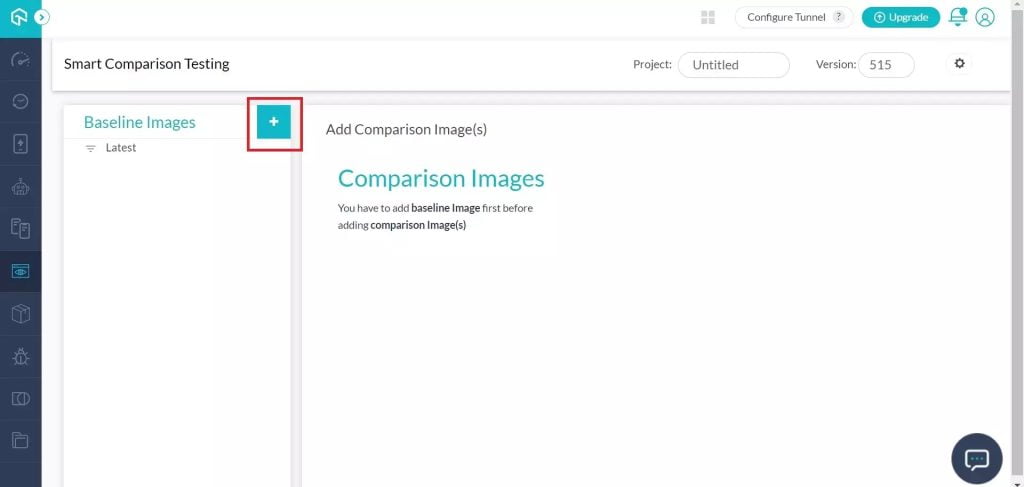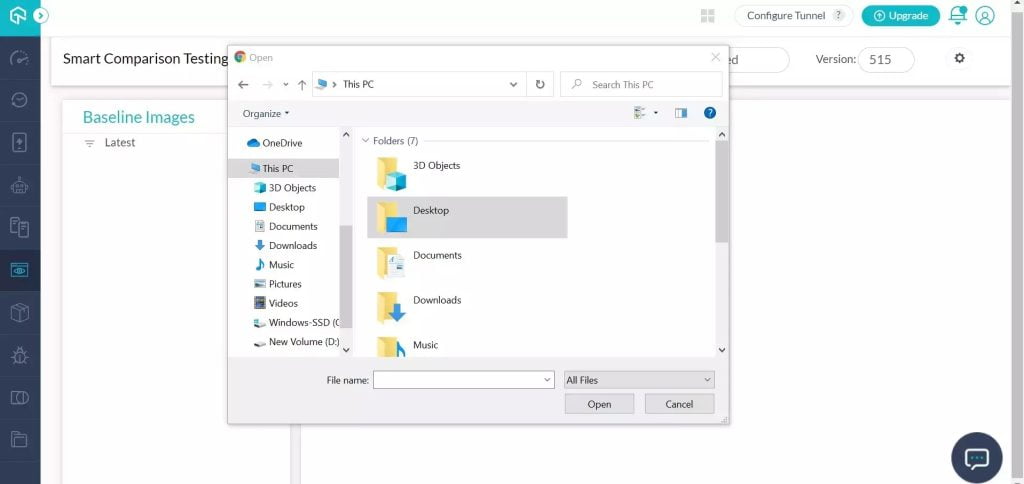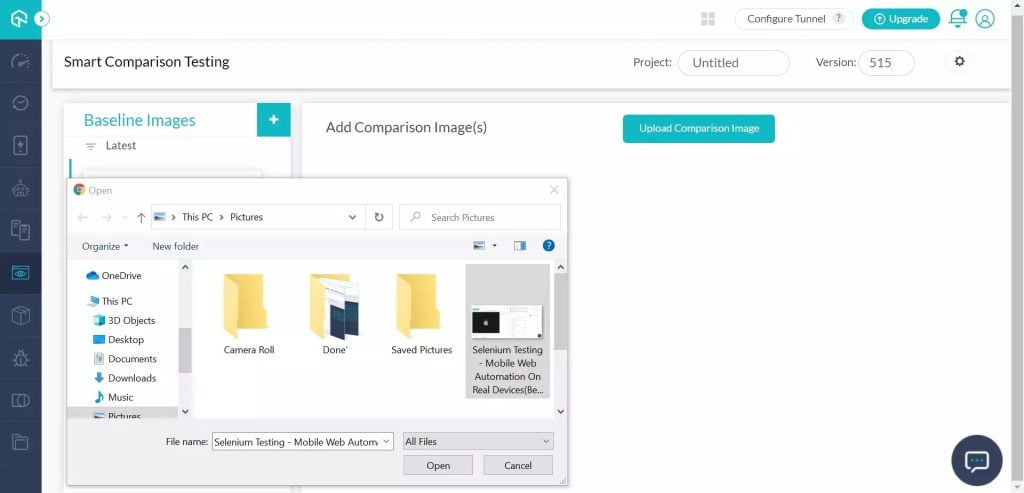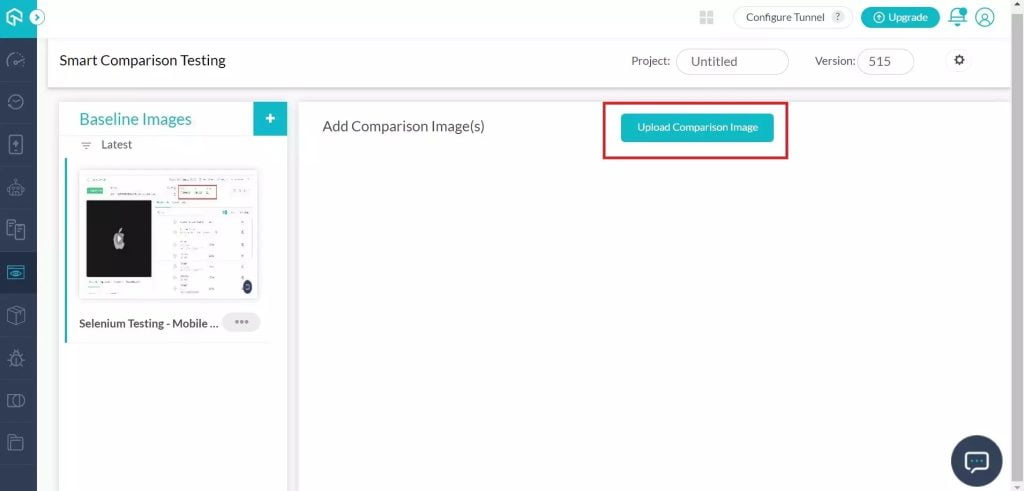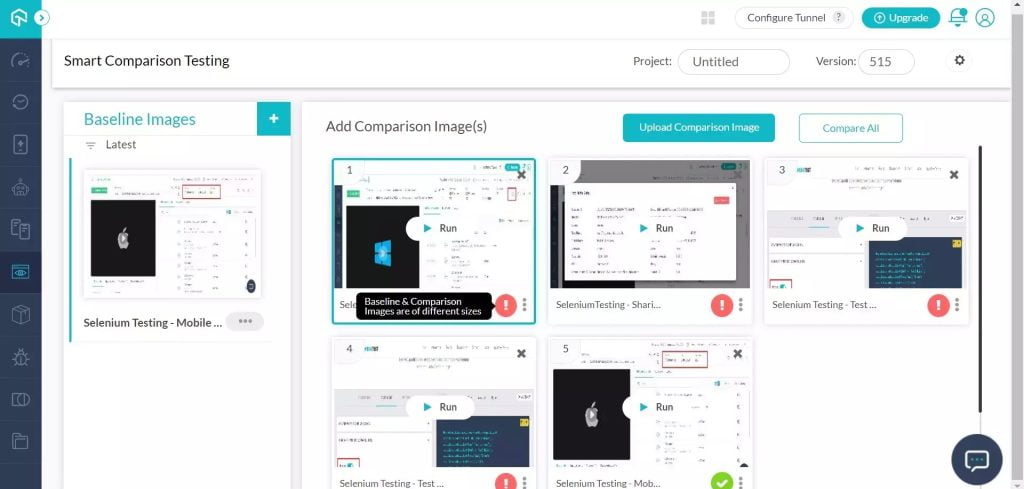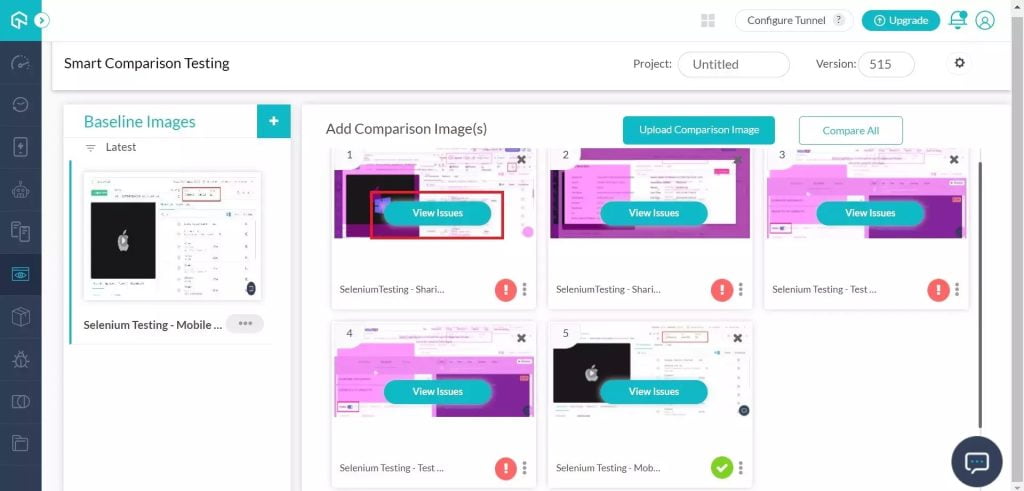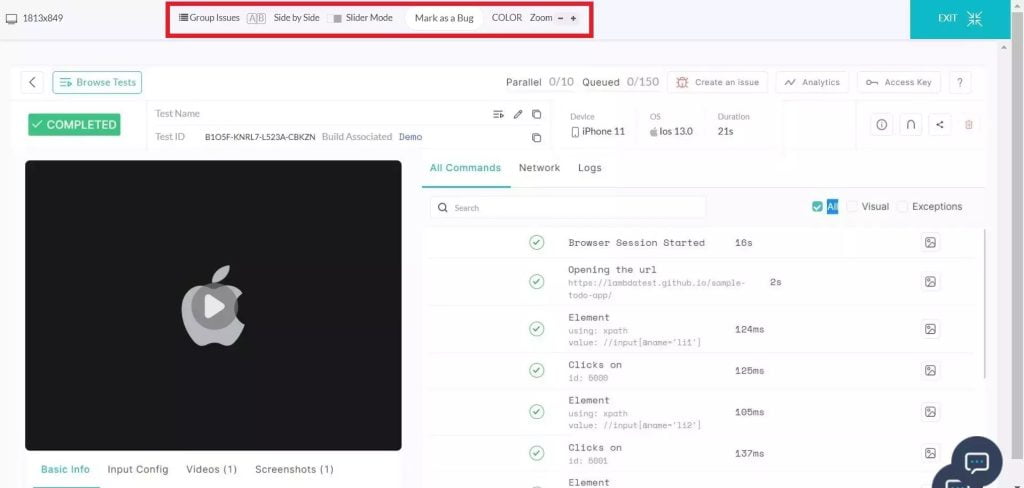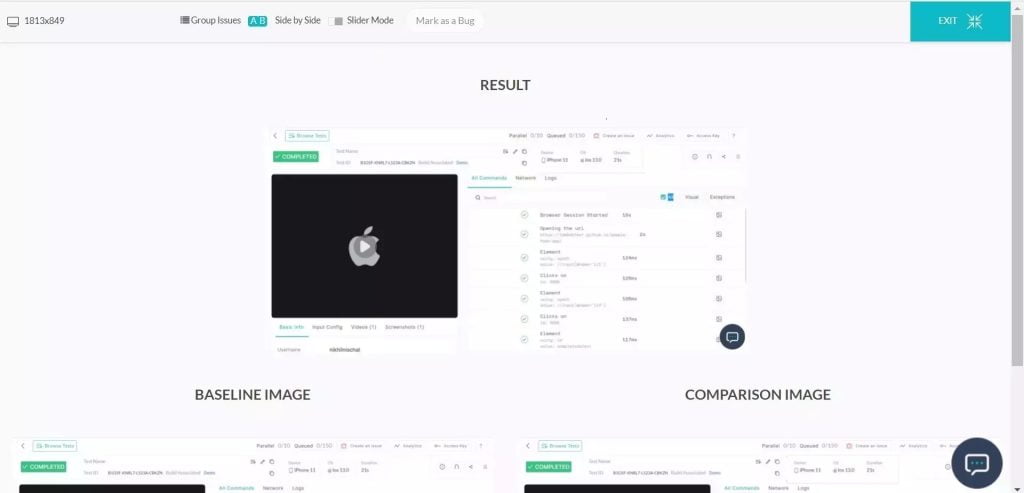Top 5 Benefits of Using Real Devices for Testing
When it comes to testing, you don’t wanna be stuck in no-man’s-land with those phony baloney emulators and simulators. Real device testing will give your app a real-deal shake-down, helping you catch any bugs or kinks before they become major headaches.
But that ain’t all, folks! There are plenty of other benefits to using real devices for testing. For starters, you’ll get a better feel for how your app performs in the wild wild west of the real world. You’ll be able to see how it runs on different devices with varying screen sizes, operating systems, and network speeds.
In this article, we’re gonna spill the beans on the top 5 benefits of using real devices for your testing needs. So put on your smarty pants, and let’s get down to business!
When Should You Use Real-Time Device Testing?
When it comes to mobile app testing, the question of when to use real-device testing versus emulators or simulators is a hotly debated topic. While each testing method has its advantages and disadvantages, real-device testing is often considered the gold standard for app testing. It offers the most accurate representation of how an app will behave in the real world, with all the different devices, screen sizes, and operating systems that come with it.
Real-device testing involves physically testing your app on real devices, including smartphones, tablets, and even wearables. It can be time-consuming and expensive, but it’s an essential step in ensuring that your app is working as intended and providing a seamless user experience.
So, when should you use real-device testing? One scenario is when your app is heavily reliant on the hardware capabilities of a device. For example, if your app is a fitness tracker that needs to accurately measure heart rate or track steps, real-device testing is a must. You want to ensure that the app is working correctly on different devices with different hardware configurations to avoid any user frustration or negative reviews.
Another scenario where real-device testing is essential is when your app has a wide target audience that includes users with different devices, operating systems, and screen sizes. You want to ensure that your app is responsive and looks excellent on all devices, and real-device testing can help you do just that.
But regardless of when you decide to use real-device testing, it’s crucial to include it as part of your overall testing strategy. Testing on real devices ensures that your app is functioning correctly and provides a great user experience for all users. And while it may seem expensive or time-consuming at first, it can save you from costly mistakes and negative user reviews in the long run.
Top 5 Benefits of Using Real Devices for Testing
1. Testing Apps in Real-World Conditions
Let us tell you something – testing your app in a controlled lab environment is like herding cats. It’s just not the same as testing it out in the wild west of the real world. That’s where using real devices for testing comes in handy – it helps you get a real feel for how your app will perform in a variety of situations and settings.
Think about it like this – if you were testing a weather app in a lab, you might be able to simulate a few different weather conditions. But out in the real world, the weather can be as unpredictable as a rattlesnake in a henhouse. Using real devices for testing allows you to see how your app performs in all kinds of weather – from sweltering heat to bone-chilling cold and everything in between.
And it’s not just weather that you have to worry about, pardner. Network outages, device malfunctions, and all kinds of other factors can impact how your app performs in the real world. By using real devices for testing, you can take all of these factors into account and make sure your app is ready for anything.
With LambdaTest, you can test your site or app on all the latest Android and iOS mobile browsers without having to worry about setting up a bunch of devices yourself. Whether you want to do some live interactive testing or automated testing with Appium, LambdaTest’s got you covered like a cowboy hat on a windy day.
And don’t worry about security- LambdaTest’s got the best security measures around. So you can test your native apps and the latest website build for cross-browser compatibility across a wide range of real devices without having to worry about cyber bandits trying to steal your data.
2. App’s Usability
When it comes to making sure your app is as user-friendly as a cowboy at the county fair, testing its usability is a must. And let us tell you, testing it on real devices is the only way to go. That’s where LambdaTest comes in – their device cloud makes it easy as pie to test your app’s usability on 3000+ devices and browsers.
With LambdaTest, you can create test documentation and execute it on real devices, giving you a better idea of how your app will perform in the real world. And let’s face it, with the mobile device market as fragmented as a busted wagon wheel, you need to test your application on a variety of devices and browsers to ensure a satisfying user experience.
With LambdaTest, you can create test cases and run them on a variety of real devices to make sure the app is easy to navigate, and all the features work smoothly. No more surprises when you release the app, and no more disappointed users.
3. Using Real Devices for Testing Ensures Accurate Visuals and Interface for Your App
If you’re anything like me, you know that when it comes to testing your app’s visual elements, there ain’t no room for error. And that’s where LambdaTest’s Smart Visual Testing comes in – it’s a real game changer.
With this feature, you can compare two image layouts with just one click, making it easy-peasy to spot any pesky visual bugs. And we are not just talking about the obvious stuff, like colors and layouts. We’re talking icons, padding, text, element placement – you name it, LambdaTest’s Smart Visual Testing can handle it.
And let’s be real, folks – ain’t nobody got time to sift through endless lines of code to find visual bugs. That’s where LambdaTest’s real device testing comes in handy. With their device cloud, you can test your app’s visual elements on a wide range of real devices, ensuring that your app looks and feels just right for all your end-users.
Uploading Baseline and Comparison Images on LambdaTest
Step 1: Ready to upload your baseline image? After logging in, head to the Navigation menu bar and click on Visual UI Testing > Smart Testing.
Step 2: Click on the + icon adjacent to the Base Line Images header and select your desired baseline image from your computer. Pro tip: You can upload multiple images on LambdaTest.
Step 3: Voila! Your baseline images will be uploaded and can be viewed under the Baseline Image gallery.
Step 4: It’s time to upload your comparison images! But wait, remember you cannot upload comparison images before uploading a baseline. Click on the baseline image you want to compare with and find the Upload Comparison Image button on the right.
Step 5: Select the images you want to compare with the baseline image. Don’t hold back, you can select multiple images at once.
Step 6: If everything goes smoothly, you’ll see the thumbnail of your comparison images along with the RUN button. Click on it to start the comparison process.
Step 7: Running the comparison is easy as pie, just click on the Run button on the comparison image thumbnail. You can also click on the ‘Compare all’ button for multiple images.
Step 8: And now, for the moment of truth, view the comparison and issues by clicking on the View issues button on the comparison image.
4. Real Device Testing for Sensor-Based Apps
When it comes to testing mobile apps, it’s crucial to test for various features and sensors that your app relies on to function properly. Real device testing allows you to test your app’s interactions with mobile features such as GPS, camera, Bluetooth, and fingerprint sensors. This ensures that your app provides a seamless user experience for your end-users.
In addition, with LambdaTest’s Geolocation Testing & GPS Capabilities For Mobile Device Testing, you can test your app and website in different locations on 3000+ devices and operating systems. This allows you to ensure a pixel-perfect experience for your users across the globe. You can also test for Geo Targeting, Geo-Blocking, and Geo Localization in over 50 countries, including India, Japan, the United States, Canada, Germany, and more. So, not only can you test your app’s functionality with different sensors, but you can also verify your app’s geo-location capabilities with ease.
5. Wider Test Coverage through Real Device Testing
Testing your mobile app on just one or two devices is like trying to ride a unicycle with your eyes closed. It’s risky and not recommended. Just like how you wouldn’t want to ride a unicycle on a tightrope, you also don’t want to release an app without proper testing on a wide range of devices.
Imagine if a banking app only tested its software on the latest iPhone model but didn’t bother testing it on an Android device or an older iPhone. That’s like a tightrope walker only practicing on a balance beam and expecting to do well on the actual tightrope!
Real device testing allows you to cover a wider range of devices and ensures that your app works smoothly across all devices and platforms, making it accessible to a larger audience. This means you won’t have to stress about users getting frustrated because the app doesn’t work on their devices.
Wrap-up
Testing on real devices is essential for ensuring the success of your app. It allows you to catch bugs and issues that you might not notice during automated testing or testing on emulators. With real device testing, you can simulate real-world scenarios and see how your app performs on different devices and operating systems.
And let’s be honest, without real device testing, your app could end up as useful as a screen door on a submarine. But with real device testing, you can ensure your app performs like a trusty horse on a cattle drive.
So saddle up and give LambdaTest a try – their device cloud will have you yee-hawing with joy as you test on over 3000 real devices. With the ability to test for geo-targeting, geo-blocking, and geo-localization across 50+ countries, you’ll be more confident than a rodeo clown on a bucking bull.
In the end, mobile app testing on real devices is crucial for success, and with LambdaTest, you’ll be able to wrangle up any issues before your users even notice. Happy testing, partners!

